Tofu is one of the most essential ingredients in Japanese food culture. There are so many different types and popular dishes that are made from tofu. Today, let’s find out all about this amazing food – history, health benefits, recipes, stores to get to know why Japanese are so in love with it!
What is Tofu?
Tofu (豆腐) is processed soybean foods that has smooth texture. The main types of tofu in Japan are firm (momen tofu), silken (kinugoshi tofu), juten tofu and yosedofu.
The name of it “豆腐” comes from China, the birthplace of it with the meaning of “bean curd”/ “bean ferment”. The earliest documented use of the word “tofu” in the English language is James Flint’s letter to scientist Benjamin Franklin on how Chinese converted soybeans into bean curd.
History

Today, tofu is popular all over the world but do you know where does it come from? It is said that it originated from China more than 2000 years ago during the Han dynasty. Liu An, the grandson of the first emperor was the first person to make it.
By the way, how did it enter Japan? During the Nara period, envoys to the Tang dynasty had special missions as cultural exchange between the two countries. These envoys had a strong impact on nowaday Japanese society not only in culture, technology but also the food. Buddhism was also introduced to Japan during this time and there is a theory that the monks brought along tofu with it as one of the ingredients used in temples. In latter half of the Heian period, the word “tofu” actually appears in literature for the first time.
In the Kamakura period, Zen Buddhism was introduced from China. People who follows Zen Buddhism, as part of their training, avoid eating meat and fish and eat dishes made entirely from plant-based foods. This is the so-called shojin cuisine. For this reason, tofu has become a really important ingredient in Shojin cuisine and used to be foods mainly for monks and samurai.
It was not until the Edo period that it became popular among the common. From this period, tofu shops appeared and there are many stores that still opens up until now. As a refreshing and easy to eat dish, it was really popular among the common and in 1782, “Tofu Hyakuchin”, which introduced 100 kinds of dishes, was published and became a hot topic. That is the reason why it was widely used as food ingredient during the Edo period.
Various types in Japan
Common types of tofu
Momen Tofu (木綿豆腐)
This is a type of tofu which has a rough texture and rich flavor. In Japanese. momen means “cotton” and momen tofu refers to firm or hard tofu. Because of its texture, this type is preferably used in cooking such as stir-fry, simmered dishes, etc.
Click here to find out more about this type.
Kinugoshi Tofu (絹こし豆腐)
Kinugoshi Tofu is the type that has soft and smooth texture. As in Japanese, kinu means “silk” so people call this type kinugoshi because its texture is similar to silk. In constrast to firm tofu, it is preferable in dishes such as salad, hiyayakko so that you can straightly enjoy its fresh taste.
Do you want to make it by yourself at home? Try our recipe here!
Juten Tofu (充填豆腐)
You can find this type in package type. It has the same smooth texture as silken tofu but juten tofu tends to keep longer than other types as the soy milk is sterillized while processing. It is also packaged without water because the package is vacuum-sealed.
Processed tofu products
- Yakidofu: made by draining firm tofu and grilling it over charcoal or oven. It does not crumble easily so it is often used for sukiyaki, simmered dishes, and dengaku.
- Namaage/ Atsuage tofu: to make this type, drain firm tofu and then fry at a high temperature. It also has a name: atsuage tofu, which is another name for deep-fried tofu.
- Aburaage: thin-fried tofu
- Ganmodoki: Japanese tofu patties with tofu as a base, mix with vegetables, musrooms and then pan fry.
Others
- Tonyu: soymilk. This is not really a type of bean curd but a type of liquid produced while making it.
- Okara: the leftover when squeeze the mixture to make soymilk. Okara contains a considerable amount of protein and fat, as well as dietary fiber and micronutrients.
- Yuba: dried tofu skin. When heating the soymilk, a film forms on the surface and it is pulled up with a bamboo skewer to produce “raw yuba,” which is used for cooking. In terms of nutrition, yuba is rich in protein and oil, and you can keep it as one type of dried food.
Health info
Health benefits of tofu
Tofu is attracting attention as a “functional food” that maintains and promotes health by regulating the body, as well as providing basic nutrients such as protein and lipids for the body. Let’s find out what is inside this dish:
- Protein linoleic acid: lowering blood pressure and cholesterol
- Lecithin/β-conglycinin: against fat metabolism and fatty liver
- Lecithin/Choline: Improves memory and prevents aging and blurring of the brain
- Saponin: against geriatric diseases and anti-aging by suppressing active oxygen
- Calcium: good for bones and teeth
- Vitamins: contains vitamin E, vitamin B1, vitamin B2, and niacin. E has the effect of improving blood circulation, improve skin beautiful, stiff shoulders, and lower back pain, etc.
Okara’s nutritions
After the soybeans are ground and boiled, the leftover after squeezing out the soymilk is okara. Therefore, most of the fiber from soybean skins and germs has migrated to okara. Dietary fiber improves bowel movements and prevents harmful substances from staying in the intestines, and is also effective in preventing high cholesterol and obesity. Okara contains not only fiber but also protein and lipids, although not as much as tofu. Therefore, okara is also rich in nutrition and can be used as a functional food.
Recommended ways to cook tofu
The reason whyJapanese people love tofu so much is because there are various ways to make dishes from it. Let’s find out in this section!
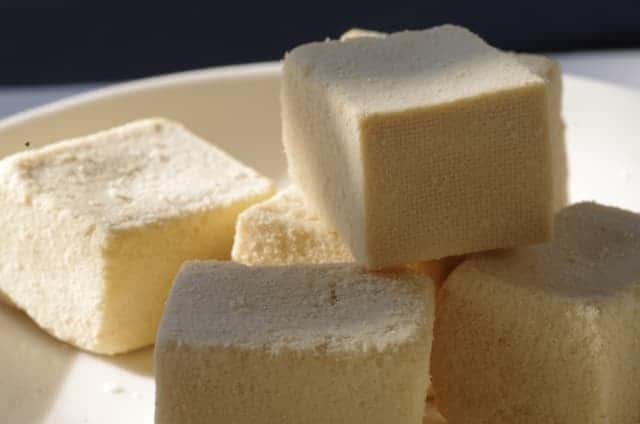
Eat raw
You can eat straight out of its package. The typical way to eat it is “hiyayakko”.
Stir fry
Many tofu products are used in stir-fried dishes, including Chinese cuisine (for example: mapo tofu). Iri tofu (scrambled tofu) is also considered a popular stir-fried dish.
Simmer
Soup and nabemono (hotpot) are definitely suitable dishes for simmering. Kage, aburaage, ganmodoki, etc. are also the main ingredients for simmered dishes.
With soup
Talking about soup, we must mention miso soup. Silken tofu is the type that is often used in miso soup.
How to make tofu?
Ingredients
| Ingredients |
| Soybean |
| Coagulant (Nigari) |
| Water |
How to make tofu?
After buying the soybeans at the supermarket, wash them under water.
Soak soybeans in water.
After that, grind soaked soybeans using the machine. At this step, the mashed soybeans are called “namago”
Boil the namago under medium heat. This is called nigo.
Place a large bowl and put a piece of cloth under the bowl. Pour the nigo into the bowl and slowly use the piece of cloth to squeeze out all the water. The squeezed water is soymilk.
After finishing, you can store your product at cool places such as refrigerator and use it as ingredients for various dishes as we recommend below.
What is Nigari?
Nigari is a type of coagulant, and is the liquid that remains after seawater is boiled down to make salt. When written in kanji, it is written as “bitter juice”, and as the meaning of its kanji, it is very bitter. Its main component is a substance called “magnesium chloride”, which has the property of solidifying. There are other coagulants that harden tofu, but “nigari” has been used the longest.
Tofu FAQ
- Is Tamago Tofu a type of tofu?
In fact, tamago tofu is not bean curd. It is steamed egg with seasonings. The reason why it has “tofu” in its name is because of the smooth texture and shape of the dish.
- When is National Tofu day in Japan?
National Tofu day in Japan is 2nd October. This day was established by Japan Tofu Association. The origin of this day comes from a pun: 10 (in Japanese, 10 is tou) while 2 is fu. Except from national day that is celebrated annually, the 12th of every month is also tofu day.
Stores to buy
As tofu is so popular nowaday, it is easy to buy it at convenience stores or supermarket. However, as we mention below, there are some stores in Japan whose products are much more great than that from the supermarkets. How about going to visit these stores for a new dish experience?
Higuchi (樋口豆腐)
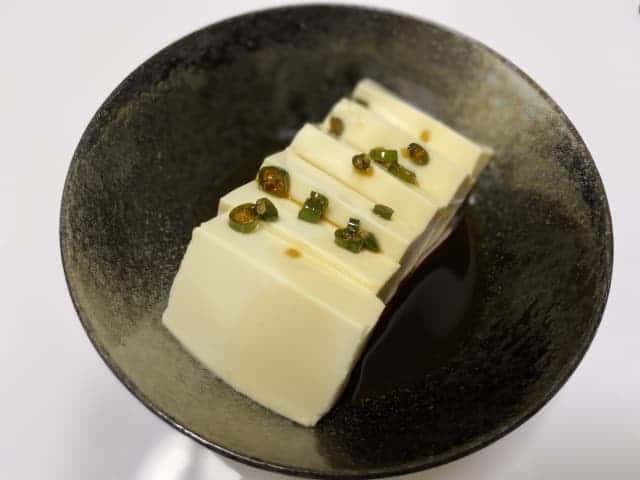
About a 2-minute walk from Ikebukuro Station, this is a long-established shop that has been in business for over 90 years. Starting with cotton and silken tofu, as well as shop classics such as aburaage, thick atsu-aburaage, and ganmo, there is also a wide variety of menus for you to choose. Let’s come here often to find out favourite type!
Araiya (あらいや豆腐)
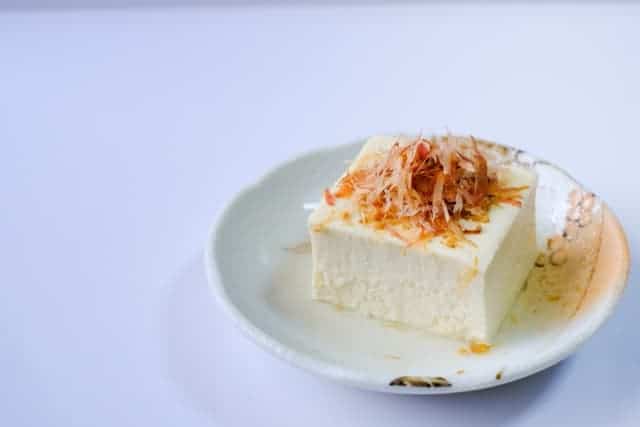
About a minute and a half on foot from Yukigaya Otsuka Station, this stylish Japanese-style shop, Araiya Shop, is so popular that local celebrities frequent it.
This shop sells additive-free tofu made from domestic soybeans and natural bittern (nigari). In addition, visiting this store, you can get a chance to learn how to eat delicious dishes for each season and type.
This store also offer sweets made from soybeans which are good for you even when you are on a diet. We recommend healthy sweets such as pudding, soy milk donuts, and soy milk ice cream.
Adachiya (安達屋)
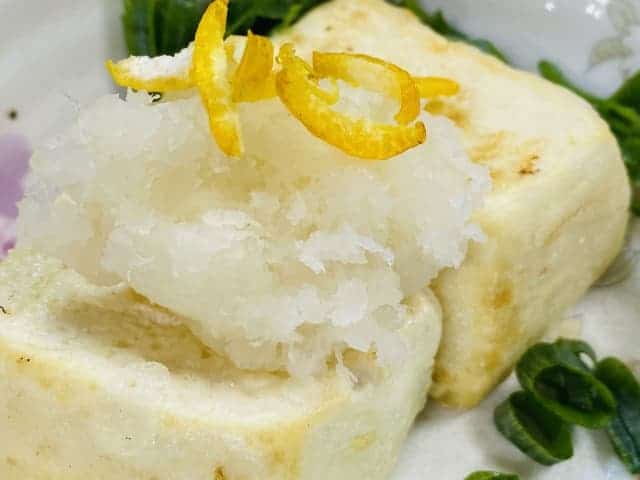
This is a retro-style shop called Adachiya. This shop has seasonal oboro tofu, and this is green soybean moshio oboro tofu. The strong taste of edamame seems to go well with Japanese sake. Side dishes are also really good too so do not forget to put it in your list and visit as soon as possible!
Takeaway
Tofu is an essential food for not only Japanese but also people all around the world. There are so many types of it as well as many ways to cook it. As it is now so common in daily life, you can find it at any supermarkets. However, if you want to challenge yourself and have some fun, we recommend make tofu at home by yourself. With your hand-made, you can cook any dishes suitable for both hot and cold weather. How about the refreshing hiyayakko for hot summer days and tofu miso soup to survive the cold winter?!
If you are interested in tofu, find out below for related articles!
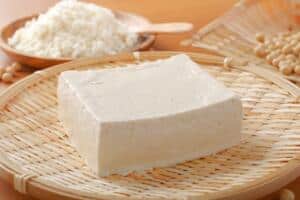
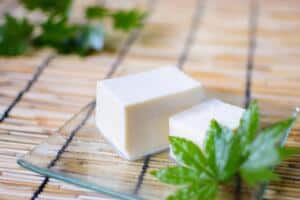
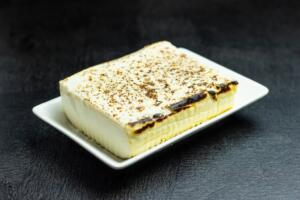
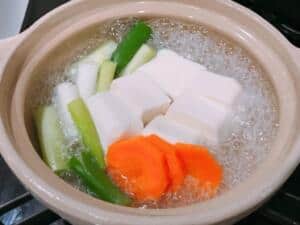






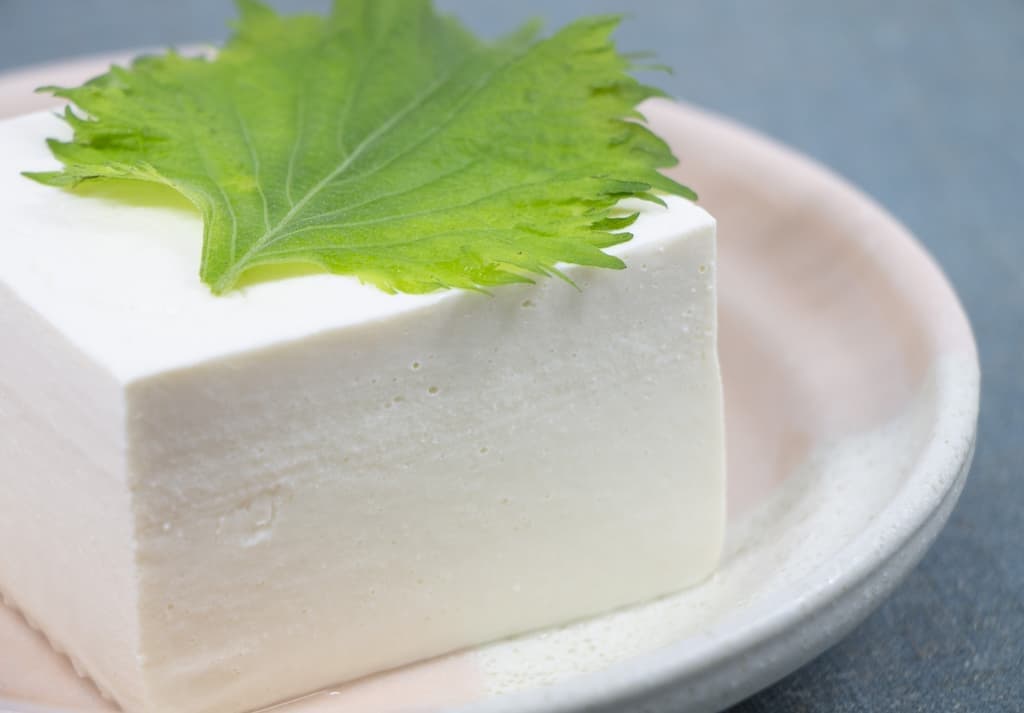
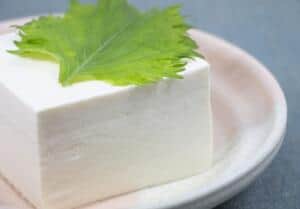
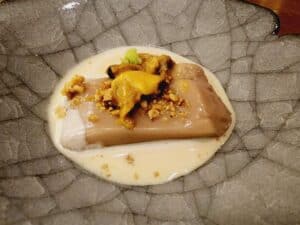
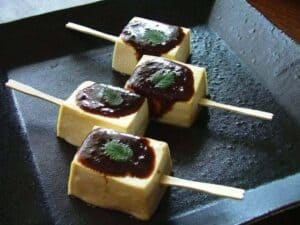
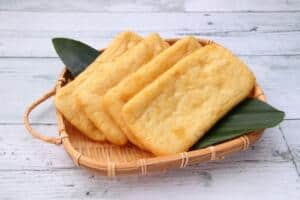
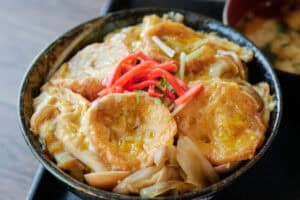
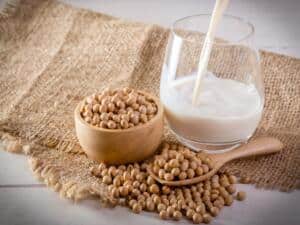
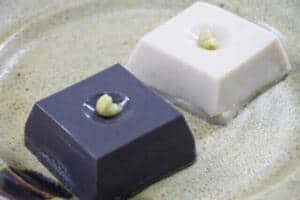
Comments